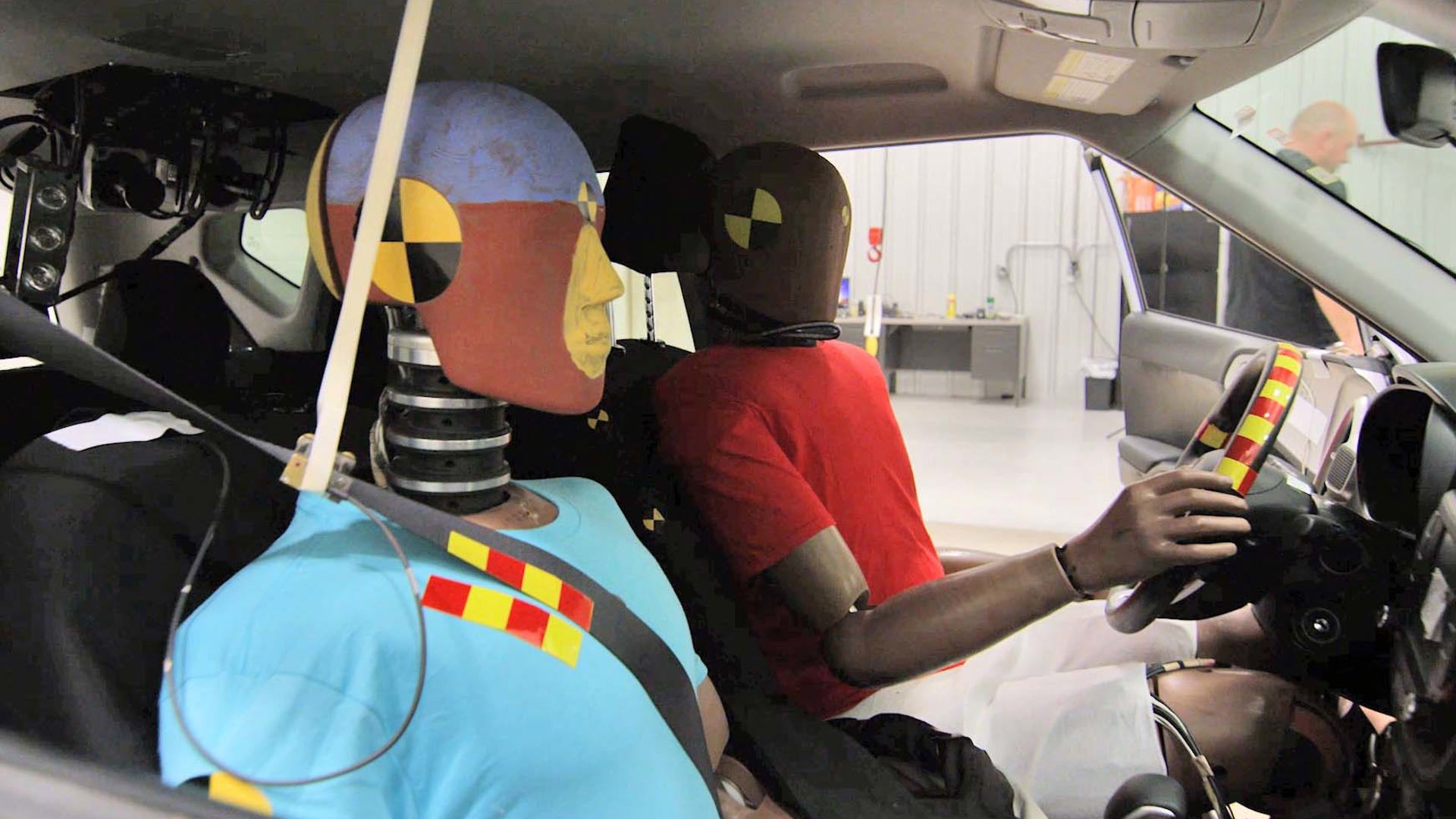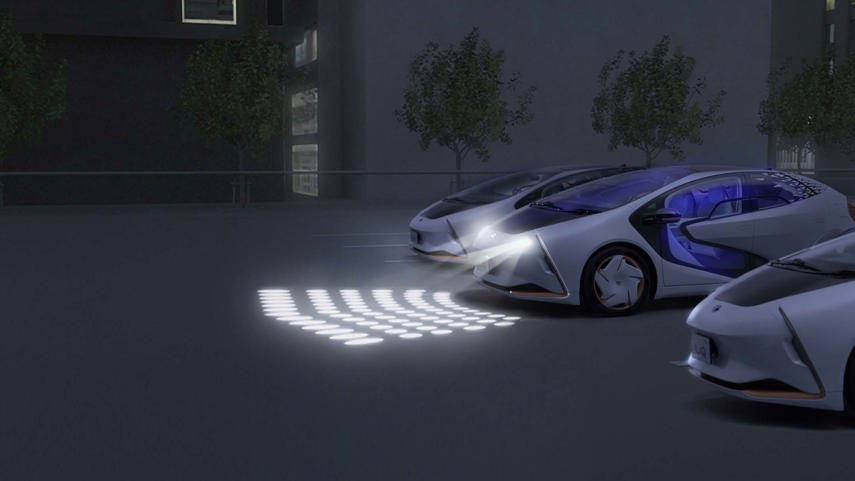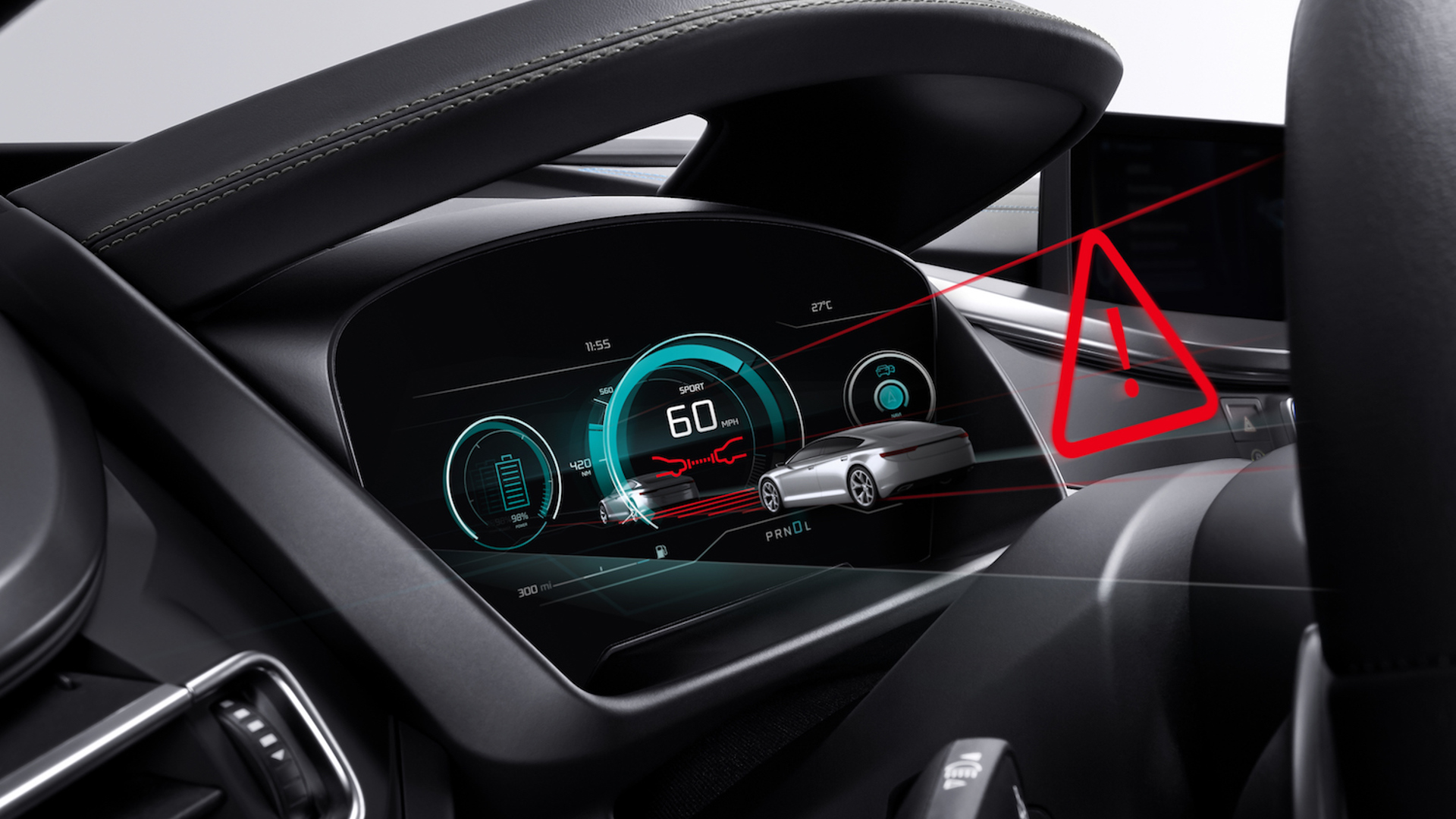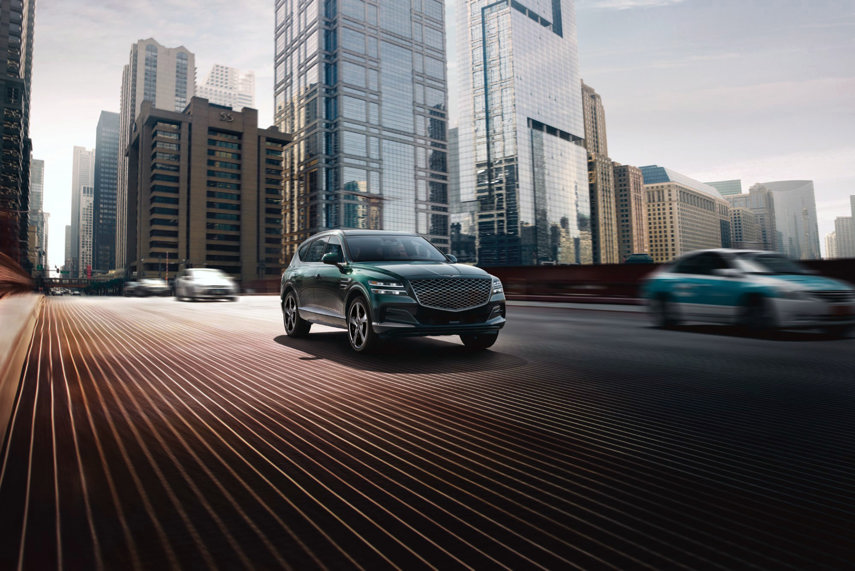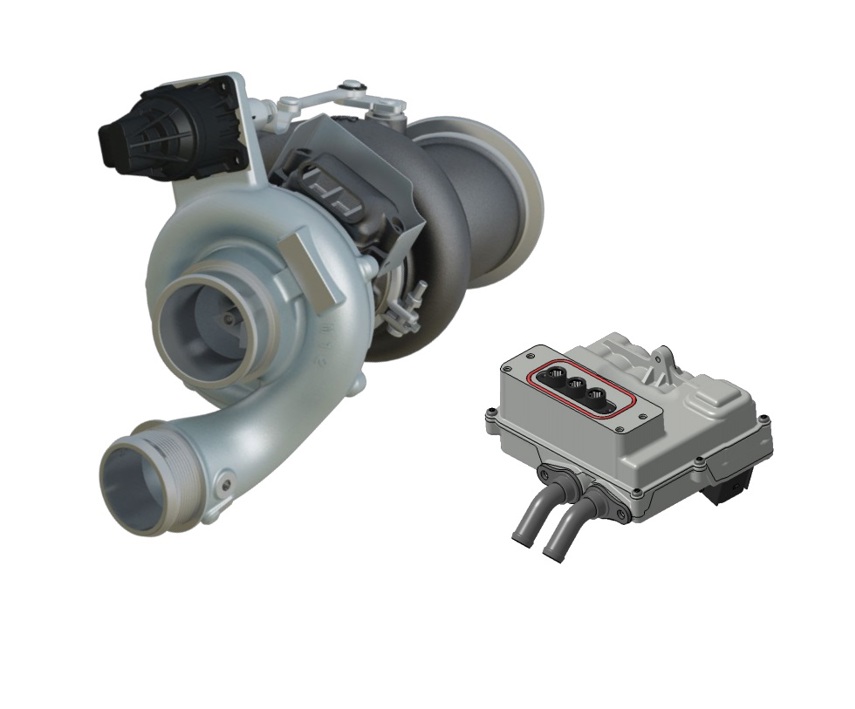There’s no avoiding science fiction tie-ins when it comes to a discussion of future automotive technology. For decades, sci-fi books, movies, and TV shows have been full of vehicles that drive and/or fly themselves while their occupants relax, conduct business, or plot to establish a new world order.
But not every piece of near-future car technology is ripped from the pages of a William Gibson novel. Sure, autonomous driving is just around the corner, but so are a number of other concepts that promise to make our cars safer, as well as more efficient and convenient.
Here’s a look at five high-tech automotive features you might find in your next vehicle.
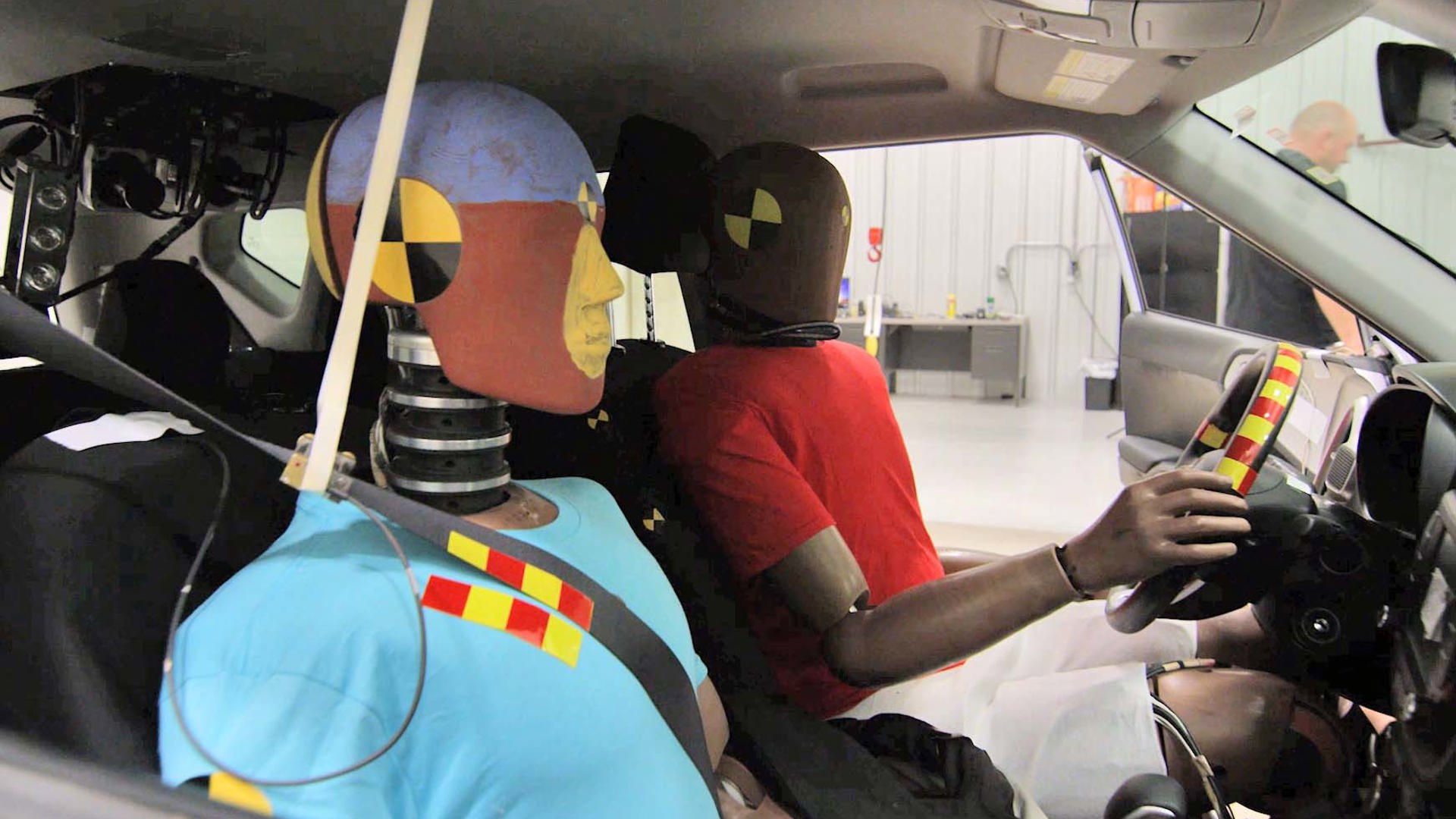
Advanced Airbags
Airbags have become so ubiquitous in new cars that it’s easy to forget they exist – until you need them. Thankfully, automakers are still aware of the important role airbags play in mitigating car-crash injuries.
Both Honda and Hyundai have developed new airbag designs they say will do an even better job of protecting you from injuries in a wider range of collision scenarios.
Honda’s innovation is a three-chamber airbag design that catches your head like a baseball mitt and supports it so that it can’t slide away and strike another, less-forgiving part of the car. It also reduces the rotational forces exerted on the head in a typical car crash and airbag deployment, which the automaker says will lessen the likelihood of concussions and brain damage.
Hyundai’s idea is an airbag that can protect you and your passengers from more than one impact. The South Korean carmaker’s research showed that nearly one-third of crashes are “multi-collision” incidents where one car strikes (or is struck by) another and then careens into either a third vehicle or a stationary object.
The technology will be designed to work very quickly to assess where people are in the cabin (after all, you’re unlikely to remain comfortably seated in the moments following a crash) and then work out how to best protect them from a possible second impact.
Hyundai says this tech could prove especially useful in a rear-end collision. While such a crash won’t trigger the airbags in the vehicle that has been struck, a severe-enough rear impact could push a vehicle into another obstacle with enough force to make airbags necessary, right when the people in the car may be out of position to be properly protected by ordinary airbag deployment.
Honda says you’ll be able to buy cars fitted with its “catcher’s glove” airbag in 2020, while Hyundai Motor Group says its new airbag tech will be offered in Hyundai and Kia vehicles “in the future.”
What this means for you
In the immediate future, these new airbags will reduce the likelihood of life-threatening injuries caused by car crashes. But these innovations will also have applications for autonomous vehicles. In late 2018, a Toyota study revealed that it’s harder to predict how the occupants of a self-driving car will react to a potential collision, making it more difficult to protect them. More advanced airbag designs and deployment systems will be better able to prevent serious injuries by adapting to a wider variety of pre- and post-impact scenarios.
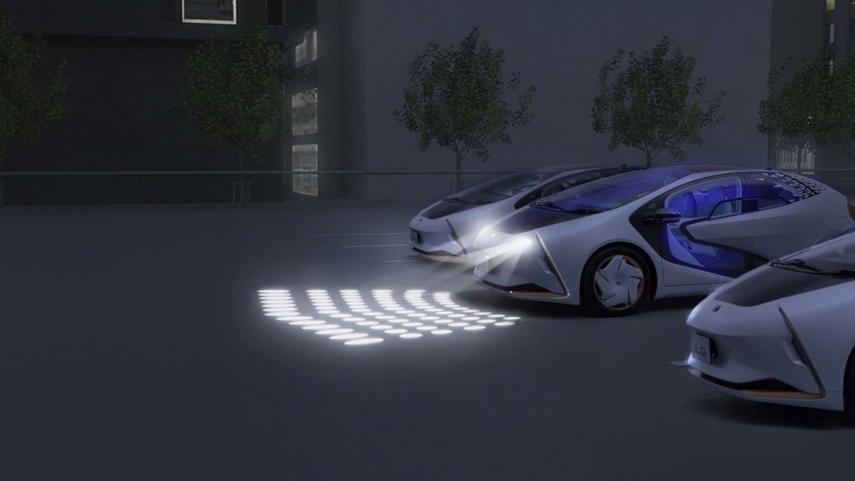
Solid-State Electric-Vehicle Batteries
At the 2020 Tokyo Olympic Games (now postponed until 2021), Toyota was supposed to showcase an electric concept car powered by solid-state batteries. The Japanese automaker says it will be among the first to bring solid-state battery tech to the marketplace. It also claims the first fully electric Toyota will arrive in European showrooms in 2023, but it’s not clear whether those EVs will boast solid-state power.
Solid-state batteries are key to bringing electric vehicles into the mainstream. They promise to pack a lot more energy – and therefore performance and driving range – into a smaller, lighter package, along with shorter charging times.
Some of those benefits are attributable to a solid-state battery’s dry electrolyte, which should also present fewer safety risks than current “wet” batteries.
Solid-state batteries are already used in a few devices, including pacemakers. Car companies are still looking for the seemingly magic formulation that will let them scale the tech up to the capacity needed for an electric vehicle. Once that happens, a solid-state cell the size of today’s automotive lithium-ion batteries could give an EV well over 1,000 km of driving range.
In 2019, Forbes reported that Chinese automaker Enovate was on track to begin selling an EV with a solid-state battery in 2021. Whether that vehicle will be available outside of China is unknown, but if they can pull it off, you can bet a bunch of big automakers will want to know how they did it.
What this means for you
A more power-dense solid-state battery would allow an electric vehicle to travel farther on a charge and shorten recharge times. The aim is to alleviate range anxiety and make EVs more viable for everyday needs, including long-distance driving.
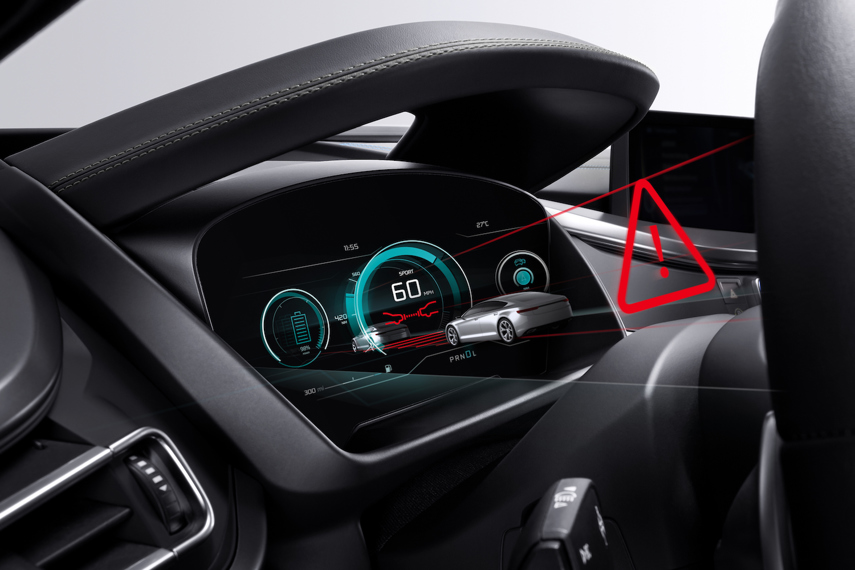
3D Augmented Reality Head-up Displays
The promise (or threat, depending on your viewpoint) of self-driving vehicles looms on the horizon, but as long as humans are the ones controlling cars and trucks, the push is on to make it easier and safer for us to do so.
One technology aiming to support that goal is head-up displays that use augmented reality and 3D imaging.
Head-up displays are already common, projecting information like vehicle speed and navigation prompts onto the inside of the windshield. But at least two companies are working on the next generation of head-up tech.
Jaguar Land Rover (JLR) is working with the UK’s University of Cambridge on head-up display tech whose graphics and warning messages will appear superimposed onto the road surface. Meanwhile, German auto-industry supplier Bosch is working on a digital gauge cluster that would flash three-dimensional warning messages that float in front of your car’s gauges, rather than appearing on a screen in the cluster.
What this means for you
JLR and Bosch think the use of 3D projections will be less distracting to drivers and more effective at getting your attention in potential emergency situations. Bosch also suggests 3D tech could provide clearer navigation instructions to keep you from missing turns or critical lane changes when heading to an unfamiliar destination.
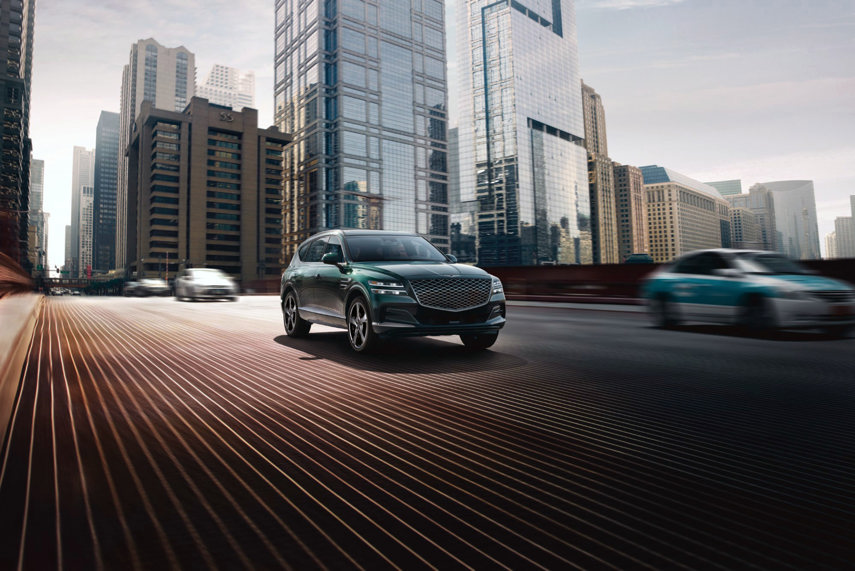
Hyundai Smart Cruise Control with Machine Learning (SCC-ML)
Adaptive cruise control (also known as smart or radar cruise or ACC) is so named because of its ability to adapt to traffic conditions. It varies a vehicle’s speed to maintain a set distance from the car ahead, and the most advanced systems can bring the car to a complete stop and then start driving again automatically when traffic moves.
Hyundai wants to add another layer of adaptability by giving its radar cruise control system the ability to learn from your driving style.
At first thought, this seems like a terrible idea, given the countless bad habits humans exhibit behind the wheel. After all, scientific studies, like this one published by Temple University in Philadelphia, suggest people are a major cause of the traffic jams autonomous vehicles seek to eliminate.
Hyundai’s concern, however, is that you might be reluctant to use adaptive cruise because it doesn’t drive the way you do. Think of how it annoys you when whoever you’re riding with accelerates too aggressively, follows other cars too closely, or waits until the last moment to slow down.
To address these concerns, Hyundai is working on what it calls the world’s first machine learning-based smart cruise control system. Using artificial intelligence, the car would analyze your driving behaviour to create a custom cruise control experience. When traffic in front slows down or speeds up, the car would use the data it has gathered to react just as you would.
Hyundai says its SCC-ML system is “programmed specifically to avoid learning unsafe driving patterns,” which is better than we can say for many humans. The carmaker claims that SCC-ML, in conjunction with the driving assist system it offers in the Palisade SUV, provides Level 2.5 autonomous driving ability.
The new Genesis G80 will get this advanced system.
What this means for you
We guarantee Hyundai isn’t the only carmaker aware of people’s reluctance to fully embrace self-driving cars. Giving autonomous technology the ability to think and behave more like a human should improve its public acceptance and speed its development and eventual arrival in the marketplace, where it will make your life easier.
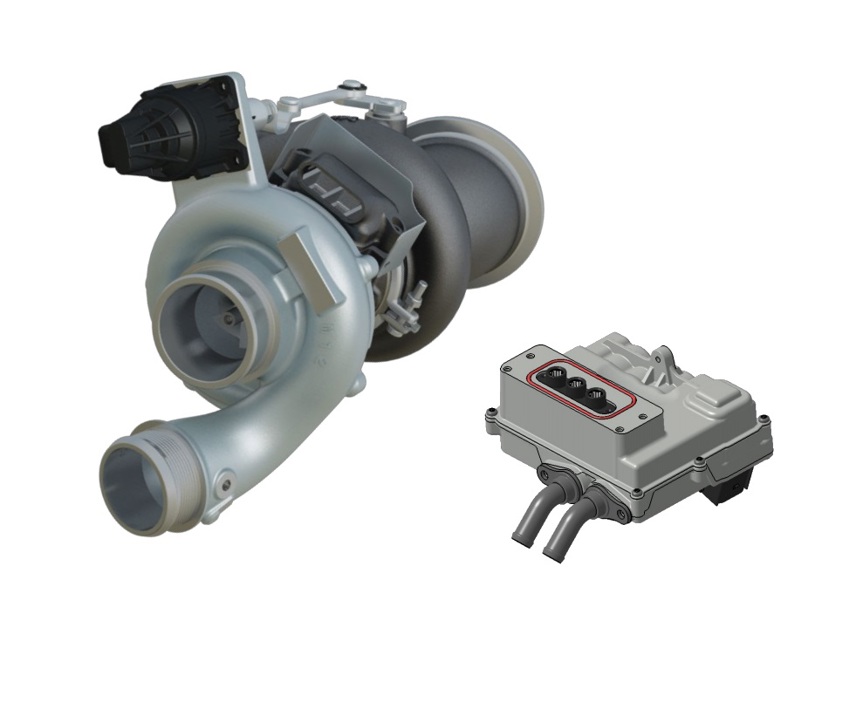
Electric Turbochargers
The auto industry has been working toward 48-volt electrical systems for a number of years, as engineers foresaw that mainstream 12-volt technology would soon be overwhelmed by the increasing power demands of modern cars.
Audi and Mercedes-Benz already have 48-volt systems in production, allowing them, among other things, to use advanced mild-hybrid drivetrains to give you a serious electric performance boost.
In the near future, some of that extra power will come from electric turbos.
The turbocharger specialists at Garrett want to take advantage of 48-volt technology with a forthcoming product called E-Turbo, which places an electric motor between the turbo’s intake and exhaust turbines. The turbo will still be powered by the engine’s exhaust, but the electric motor will eliminate turbo lag and improve engine responsiveness. Garrett says the E-Turbo will help an engine reach its peak power output in less time to provide better acceleration, and the company thinks its technology can also help reduce your car’s fuel consumption and exhaust emissions.
Another perk, said Garrett, is that the motor turns into a tiny generator when it’s not powering the turbo, directing electricity back to the hybrid battery.
Garrett’s concept is a far cry from electric turbos of the past, which were too-good-to-be-true products sold by shady aftermarket companies hoping to separate gullible car owners from their money.
What this means for you
Garrett’s research will speed the development of 48-volt electrical systems, making mild-hybrid vehicles and their advantages more accessible to you. However, even non-hybrids that use the E-Turbo will be able to boast better performance for your next car.

